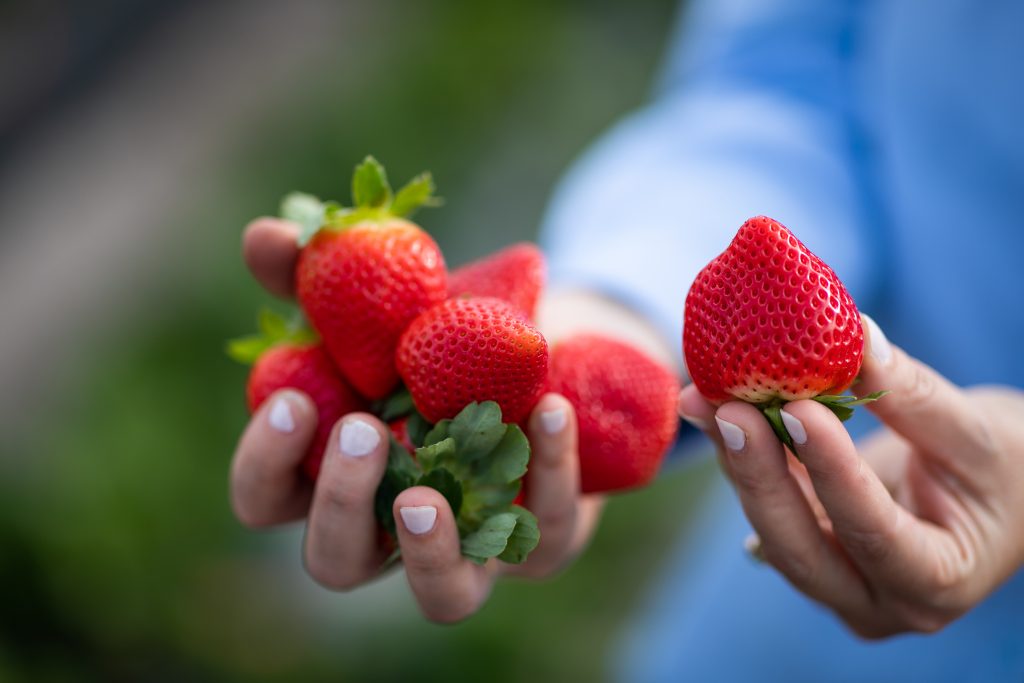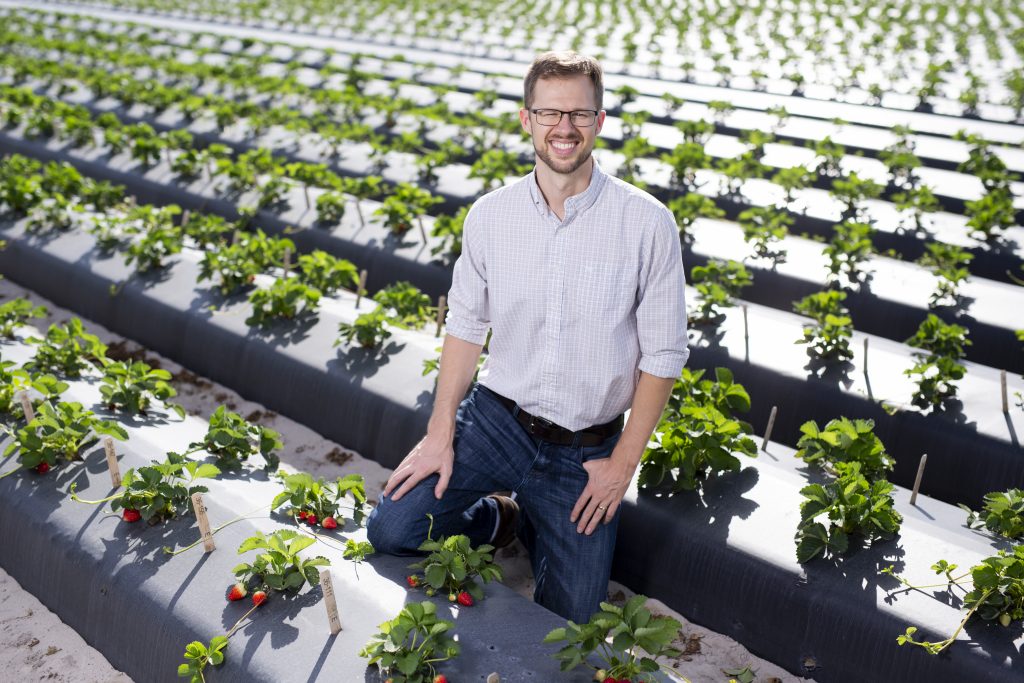
A $300 million-a-year industry in Florida may soon depend on artificial intelligence (AI) to enhance its flavor.
Research at the University of Florida (UF) shows AI can help scientists breed more flavor into strawberries.
While consumer panels are the method for UF researchers to gauge whether new fruit varieties taste good enough for development into market, in the evolving world of AI, a computer can now tell scientists what strawberries taste and smell like. This will help researchers determine whether a variety is worth more genetic breeding efforts.
Vance Whitaker, a UF/IFAS associate professor of horticultural sciences, used an algorithm that allows him to predict how a strawberry will taste, based on the chemical constitution of its fruit. The computer method also takes less time than volunteer test panels.

Whitaker published new research in the journal Nature Horticulture Research in which he and his team used taste-test panels and computer technology to identify the volatiles that give strawberries their unique tangy flavor.
“Some volatiles are more important than others,” said Whitaker, a faculty member at the UF/IFAS Gulf Coast Research and Education Center. “Knowing this allows us to focus in on a few high-impact breeding targets. In other words, now we know which volatile compounds we want to increase in breeding to achieve better flavor.”
Over seven years, 384 consumers came to the UF Sensory Lab in Gainesville to provide feedback on flavor and aroma of strawberry varieties. Whitaker and his team compared their preferences with results that were derived from an already established algorithm and found the volatiles he needs to boost in strawberries he breeds in the future to improve their flavor.
Machine learning algorithms are especially useful for analyzing “big data,” Whitaker said. When the data set is huge and involves a lot of variables at once, machine learning picks out patterns that previous statistical methods cannot.
Click here for additional information.









